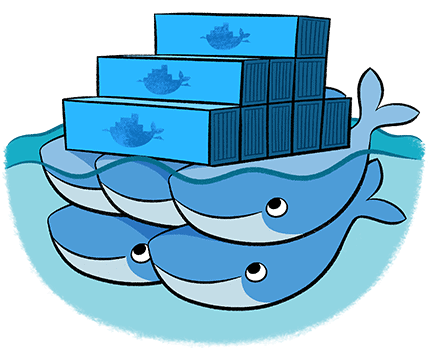Docker has announced what the company’s container technology will look like for developers working on Windows. Microsoft recently unveiled the Windows Subsystem for Linux 2 (WSL 2), of which a preview version is now available.
WSL 2 has a different approach than the current WSl. WSL redirects system calls to run Linux binaries. However, WSL 2 runs a Linux kernel in a Hyper-V Virtual Machine, with integration with the Windows operating system. As a result, users still get most of the functions from WSL 1. Furthermore, the compatibility with Linux in WSL 1.0 was not sufficient to support Docker containers, but they do work in WSL 2.
New features
The current version of Docker Desktop for Windows installs by default with Linux containers, but with an option to switch to Windows containers. However, the company has now announced that it will deploy WSL 2, which will replace the Hyper V VM. Specifically, a WSL 2 integration package is used, which offers the same functions as the current Docker Desktop VM. These include Kubernetes 1-click setup, automatic updates, transparency HTTP proxy configuration, daemon access from Windows and transparent bind mounts for Windows files.
All this makes one big feature possible: developers can use Linux tools to work with the Linux Docker daemon. Other benefits include dynamic memory allocation in WSL2, allowing Docker to use resources more efficiently. It also allows for a faster cold start-up, which means that the Docker daemon does not need to run when not in use. Finally, there is more reliable container access to files on the Windows side.
Docker also sees users using the “Remote to WSL” extension in Visual Studio Code to customize code in Windows while working with Linux via the Visual Studio Code terminal. This means that there are many advantages for developers, while Docker needs to do less to run well on Windows.
This news article was automatically translated from Dutch to give Techzine.eu a head start. All news articles after September 1, 2019 are written in native English and NOT translated. All our background stories are written in native English as well. For more information read our launch article.